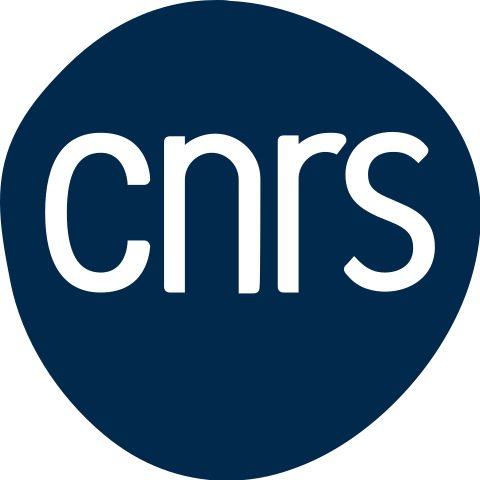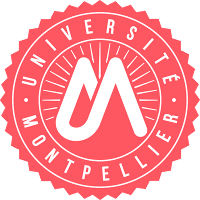The Rac1-PAK1-Arp2/3 signaling axis regulates CHIKV nsP1-induced filopodia and optimal viral genome replication
L'axe de signalisation Rac1-PAK1-Arp2/3 régule les filopodes induits par nsP1 de CHIKV ainsi que la réplication optimale du génome viral
Résumé
Alphavirus infection induces dramatic remodeling of host cellular membranes, producing filopodia-like and intercellular extensions. The formation of filopodia-like extensions has been primarily assigned to the replication protein nsP1, which binds and reshapes the host plasma membrane when expressed alone. While reported decades ago, the molecular mechanisms behind nsP1 membrane deformation remain unknown. Using mammalian epithelial cells and Chikungunya virus (CHIKV) as models, we characterized nsP1-induced membrane deformations as highly dynamic actin-rich lamellipodia and filopodia-like extensions. Through pharmacological inhibition and genetic invalidation, we identified the critical contribution of the Rac1 GTPase and its downstream effectors PAK1 and the actin nucleator Arp2 in nsP1-induced membrane deformation. An intact Rac1-PAK1-Arp2 signaling axis was also required for optimal CHIKV genome replication. Therefore, our results designate the Rac1-PAK1-Arp2 pathway as an essential signaling node for CHIKV infection and establish a parallel requirement for host factors involved in nsP1-induced plasma membrane reshaping and assembly of a functional replication complex. IMPORTANCE The alphavirus nsP1 protein dramatically remodels host cellular membranes, resulting in the formation of filopodia-like extensions. Although described decades ago, the molecular mechanisms controlling these membrane deformations and their functional importance remain elusive. Our study provides mechanistic insight, uncovering the critical role of the Rac1 GTPase, along with its downstream effectors PAK1 and the actin nucleator Arp2, in the nsP1-associated phenotype. Furthermore, we demonstrate that the Rac1-PAK1-Arp2 pathway is essential for optimal CHIKV genome replication. Our findings establish a parallel in the cellular mechanisms governing nsP1-induced plasma membrane reshaping and the production of a functional replication complex in infected cells.
L'infection par les alphavirus entraîne un remodelage sigificatif des membranes cellulaires de l'hôte, conduisant à la formation d’extensions semblables à des filopodes. Cette formation est principalement due à la protéine non structurale nsP1, capable de se lier à la membrane plasmique de l'hôte et de la remodeler lorsqu'elle est exprimée seule. En utilisant le virus Chikungunya (CHIKV) comme modèle, nous avons étudié les mécanismes moléculaires de cette déformation. Nous avons ainsi caractérisé les déformations membranaires induites par nsP1 comme des extensions dynamiques riches en actine, ressemblant à des lamellipodes et des filopodes. Nos analyses ont révélé le rôle essentiel de la GTPase Rac1 et de ses effecteurs, PAK1 et Arp2, dans la capacité de nsP1 à déformer les membranes. L'intégrité de la voie de signalisation Rac1-PAK1-Arp2 s'est également révélée cruciale pour une réplication optimale du génome de CHIKV. Nos résultats désignent donc la voie Rac1-PAK1-Arp2 comme un nœud de signalisation central pour l'infection par CHIKV et établissent un lien étroit entre les mécanismes de remodelage de la membrane plasmique induits par nsP1 et ceux nécessaires à l'assemblage d'un complexe de réplication fonctionnel.
| Origine | Fichiers produits par l'(les) auteur(s) |
|---|


